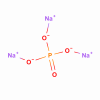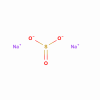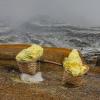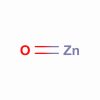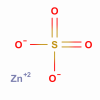Inorganic compounds
You may have heard of mineral sunscreens, sulfur for acne treatment, or miraculous clay face masks. These skin care products are based on inorganic compounds and minerals. Some inorganic compounds cannot penetrate dermal layers, yet do an excellent job on the skin's surface. E.g. main ingredients of mineral sunscreens are Zinc Oxide and Titanium Oxide.
Others are well absorbed and influence aspects of the skin from within: interaction with skin antioxidant enzymes, influence on collagen production, and antibacterial activity turn minerals into strong advocates of the firm and flourishing skin.
Solaveil™ CT-100 is a sunscreen complex, a highly stable dispersion (no sedimentation) of hydrophobically modified titanium dioxide particles in C12-15 Alkyl Benzoate, with a high SPF efficacy, photostablility, and true transparency on the skin. It is an off-white viscous liquid/gel.
Solaveil™ CT-10W is a sunscreen complex, a highly stable aqueous dispersion of hydrophobically modified titanium dioxide particles with no sedimentation, high SPF efficacy, true transparency on skin, photostablity, and an excellent sensory profile.
Solaveil™ CT-200 is a highly stable dispersion (no sedimentation) of hydrophobically modified titanium dioxide particles in a 50:50 blend of isohexadecane and triethylhexanoin. It has high SPF efficacy, true transparency on the skin, photostablity, and a light, non-greasy skin feel.

